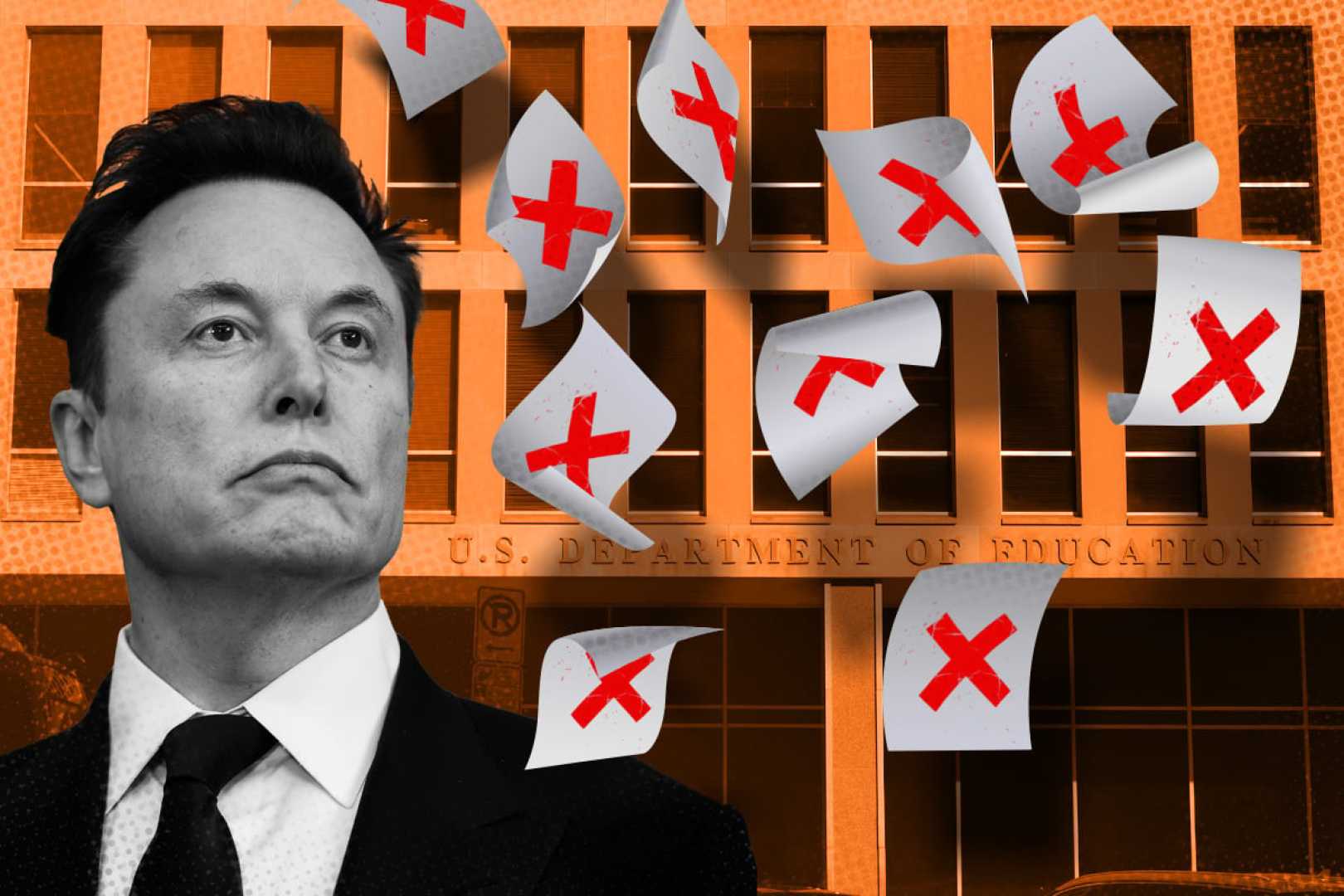Education
Federal Education Office Faces Massive Cuts, Shakes Up Student Research

WASHINGTON (AP) — The Institute of Education Sciences (IES), a critical research office tracking American students’ progress, is facing near $900 million in funding cuts initiated by the Department of Government Efficiency. This decision has raised widespread concerns about the impact on the accountability of the nation’s educational system.
The drastic reductions come after the department, under Elon Musk’s oversight, assessed IES’s operations and determined much of its work was unnecessary. As a result, 169 contracts have been terminated, affecting programs vital to monitoring student achievement and improving educational outcomes.
Madison Biedermann, a spokesperson for IES, stated that while many contracts are being cut, the institute’s primary functions, including the National Assessment of Educational Progress (NAEP) — often referred to as the nation’s report card — will remain intact. However, many advocates fear these cuts may significantly weaken the accountability mechanisms in place.
“Cutting out at the knees the one independent agency that helps improve student outcomes is ridiculous,” said Rachel Dinkes, president and CEO of the Knowledge Alliance. “Education is the economic engine that fuels the U.S. economy, and everything they cut is what helps make our education system better.”
Among the impacted projects is ReSolve, a study aimed at enhancing math learning for students in fourth and fifth grades, which has been halted without prior warning. A notice from the federal office described the cancellation as “for the government’s convenience.”
The IES, which received approximately $800 million from Congress last year — roughly 1% of the Department of Education’s budget — plays a fundamental role in evaluating the effectiveness of various educational programs and methodologies across the country. With the termination of these contracts, experts expressed concern about the institution’s capability to report reliable data on educational finances and student outcomes.
“Without such research, student learning and development will be harmed,” said leaders from the American Educational Research Association and the Council of Professional Associations on Federal Statistics in a joint statement.
The Education Trust, a nonprofit education advocacy group, echoed these sentiments, stating, “IES shines a light on inequity and its work is more than just numbers and statistics. Without it, we are left in the dark, unable to see where educational gaps exist or how to close them.”
Sen. Patty Murray, a Democrat from Washington and a former teacher, voiced alarm over the cuts, likening them to a bulldozing of essential educational research. “An unelected billionaire is now bulldozing the research arm of the Department of Education,” she stated, asserting the importance of maintaining high-quality research to promote improvement in public schools.
The situation is compounded by broader discussions within the government regarding the continued existence of the Education Department itself. President Donald Trump has campaigned on dismantling the department entirely, claiming it has been compromised by “radicals, zealots and Marxists.” In light of this context, the education secretary is contemplating options to significantly reduce the department’s size.
In the meantime, a federal lawsuit has been filed to block DOGE’s access to sensitive student financial aid systems, raising alarms over privacy concerns. Advocates argue that such access could lead to unprecedented invasions of privacy for millions of federal loan borrowers.
The Department of Education has insisted there is nothing inappropriate occurring with DOGE’s oversight and that the changes are focused on restoring accountability and improving efficiency.
As student outcomes continue to reveal gaps in learning—particularly in the wake of the COVID-19 pandemic—stakeholders fear these funding cuts will have lasting effects on the trajectory of the U.S. education system.












